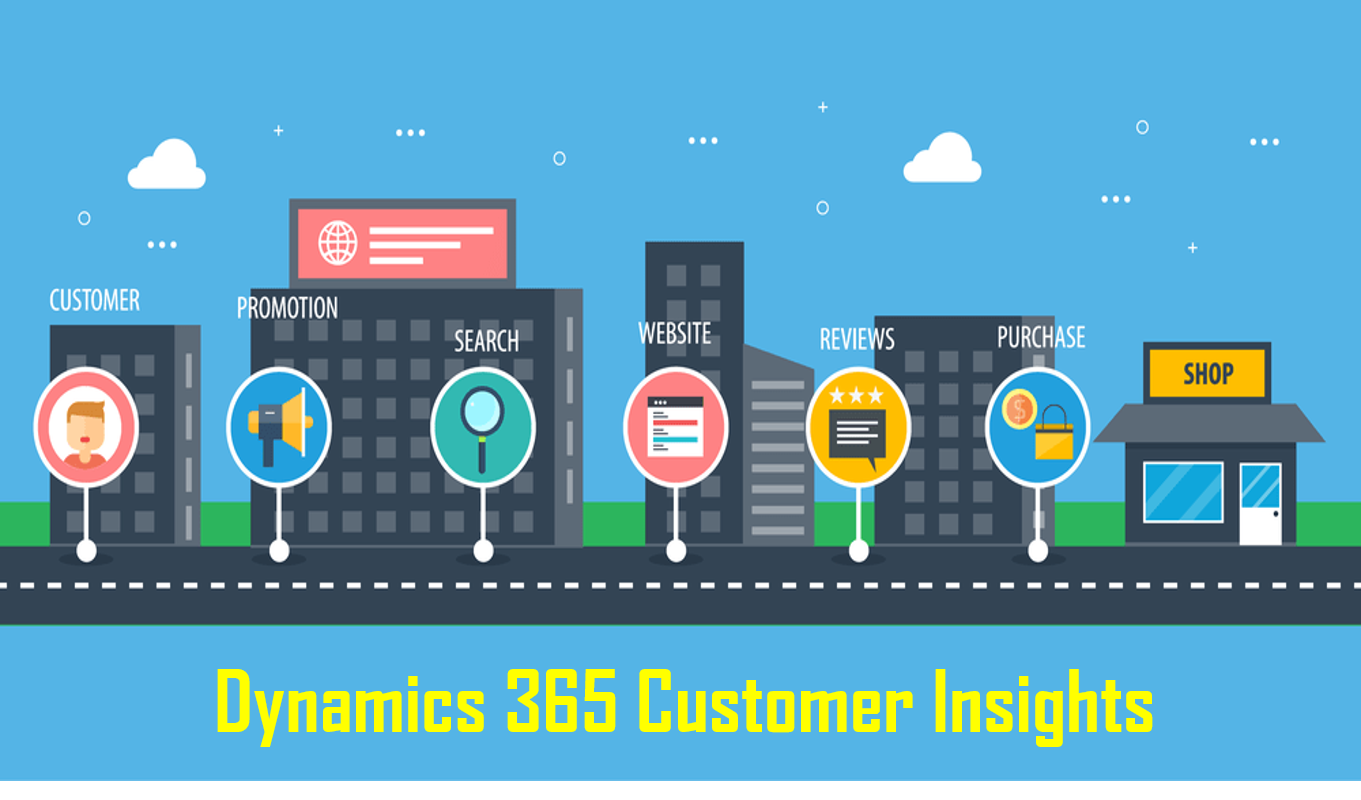For a moment, lets think of the term ‘Customer Journey’. It covers various milestones at which a customer engages with a supplier.
When we talk about the Customer journey with respect to ‘Customer Insights’ – it is actually the data footprints that a customer leaves across multiple applications knowingly or unknowingly, in the supplier’s IT ecosystem.

Ok so how does it happen!
Think of an IT ecosystem in an organisation with a gamut of applications. These can be a CRM, ERP, Retail POS, Website and so on. These applications are often connected through multiple integrations and exchange data as needed. A customer while buying a product – may browse the website, contact call centre, may go to retail outlet and finally his order is processed in an ERP. Therefore, customer data footprints lie in all these applications in a decentralized fashion when his journey completes.
Till few years back this data was captured in the same old way. There was a form to capture data with a database in the background. Some analytics through excel spreadsheets or some reporting tool was used to report on this customer data. Therefore, data were processed and dumped but was not available in the form of relevancy across different applications. Organizations were required to take a step ahead and create a Data warehouse to create and capture a Golden ID for their customers.
This is where Microsoft introduced ‘Dynamics 365 Customer Insights’.
Dynamics 365 Customer Insights is an easy readymade solution for your organization to bring in data from different sources, process it, create a single customer identity, and provide easy-to-use deep analytics for your usage by creating measures and segments on these data sources.
D365 Customer Insights is a master database that can be configured to link the data from an extremely wide variety of sources and produces a “360-degree” view of your customers.
Any data source that contains customer interactions is compatible with Dynamics 365 for Customer Insights! To achieve this, we should know the following:
- Created a standardized data model in partnership with other major players. This helps in connecting with these major players through multiple connectors.
- Allow manually prompting the relationships between data sources ingested by Dynamics 365 for Customer Insights. Once you have relationships, the golden customer data table gets created in the system.
- Developed a next-generation combination of machine learning, and artificial intelligence techniques. Common Scenarios like Customer Churn analysis can be easily created with using readily available AI models.
These three processes work together, linking your various transactions to master customer profiles with a high degree of confidence. The end result is that you have a highly consolidated database of your customers and a “360 degree” view of their every touchpoint.
How D365 Customer Insights works:
There are 4 main steps to start using D365 Customer Insights.
- Create the data sources. These can come up from different sources and through already available connectors, can be pulled into customer insights.
- Once the data has been pulled, Customer Insights provides features like Power query to manipulate the data, filter it, etc.
- The next step is to Map the data sources, which is an exercise of giving Primary key to each data source entity and to select columns in it.
- Then comes matching the entities. Matching means defining rules through which these entities will relate with each other – for example, the POS data and CRM data may get matched through the phone number field present at both sources.
- And then comes the last step of merging the entities to create a single customer entity.
Where does D365 Customer Insights fit?
One common question that pops up while discussing Customer Insights is, what business scenarios does it fit in. While there can be hundreds of such scenarios, we have used D365 Customer Insights for;
- Maintaining ‘Customer Value’ in Customer Service- Customer Value can be a summary of multiple factors like Demographic Data, Purchase History, Customer feedbacks across social media platforms.
- Personalised Offers for ‘Valued’ Customers- Once we have a parameterized list of Valued Customers, we can, basis their busying history, create personalised offers for them.
- Customer Churn Analysis- Customer Churn is one of the most common challenges faced across different companies. With the help of AI driven models available, we can predict the list of customers who are more prone to churn and thus run specialised campaigns aimed at customer retention.
Author- Priya Gupta



Comments (0)